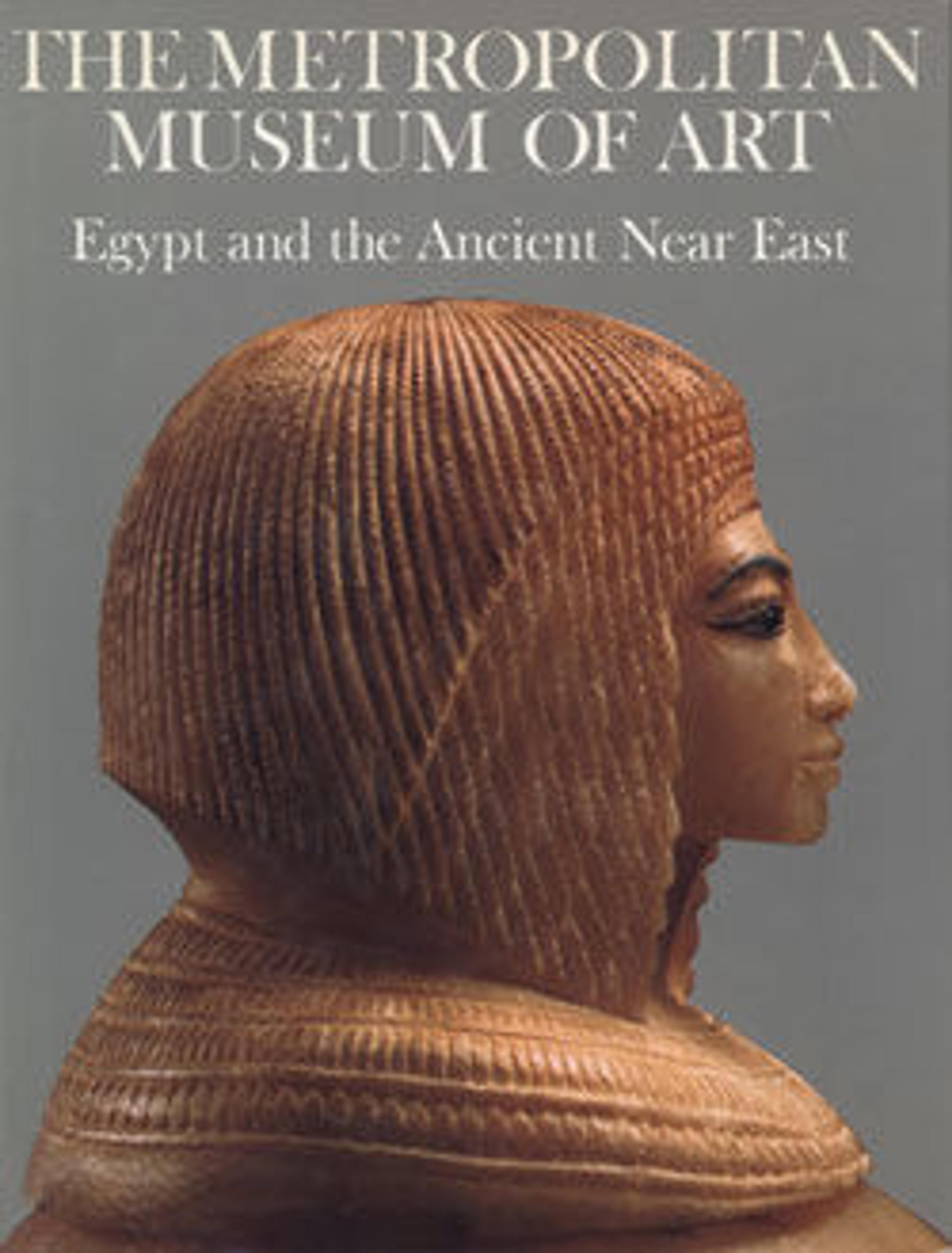Plaque with horned lion-griffins
In the sixth century B.C., under the leadership of Cyrus the Great, the Persians established themselves at the head of an empire that would eventually extend from eastern Europe and Egypt to India. The Achaemenid Period is well documented by the descriptions of Greek and Old Testament writers and by abundant archaeological remains.
Like the Achaemenid gold vessel decorated with the forepart of a lion also in the Museum's collection, this ornament depicts the winged lion-monster but here two creatures are shown rampant. In place of the lion's ears they have those of a bull. Horns curl back over spiky manes and the lion's neck is covered with a feather pattern. Sharply stylized wings extend over two of the five bosses and serve as decorative balace for the design. Heavy rings attached to the back suggest that the ornament was worn on a leather belt. the similar treatment of the lion motif on different types of objects demonstrates decorative conventions of the period.
Like the Achaemenid gold vessel decorated with the forepart of a lion also in the Museum's collection, this ornament depicts the winged lion-monster but here two creatures are shown rampant. In place of the lion's ears they have those of a bull. Horns curl back over spiky manes and the lion's neck is covered with a feather pattern. Sharply stylized wings extend over two of the five bosses and serve as decorative balace for the design. Heavy rings attached to the back suggest that the ornament was worn on a leather belt. the similar treatment of the lion motif on different types of objects demonstrates decorative conventions of the period.
Artwork Details
- Title: Plaque with horned lion-griffins
- Period: Achaemenid
- Date: ca. 6th–4th century BCE
- Geography: Iran
- Culture: Achaemenid
- Medium: Gold
- Dimensions: 5 5/16 × 3 7/8 × 1/2 in., 0.2 lb. (13.5 × 9.8 × 1.2 cm, 0.1 kg)
- Credit Line: Rogers Fund, 1954
- Object Number: 54.3.2
- Curatorial Department: Ancient West Asian Art
More Artwork
Research Resources
The Met provides unparalleled resources for research and welcomes an international community of students and scholars. The Met's Open Access API is where creators and researchers can connect to the The Met collection. Open Access data and public domain images are available for unrestricted commercial and noncommercial use without permission or fee.
To request images under copyright and other restrictions, please use this Image Request form.
Feedback
We continue to research and examine historical and cultural context for objects in The Met collection. If you have comments or questions about this object record, please contact us using the form below. The Museum looks forward to receiving your comments.
